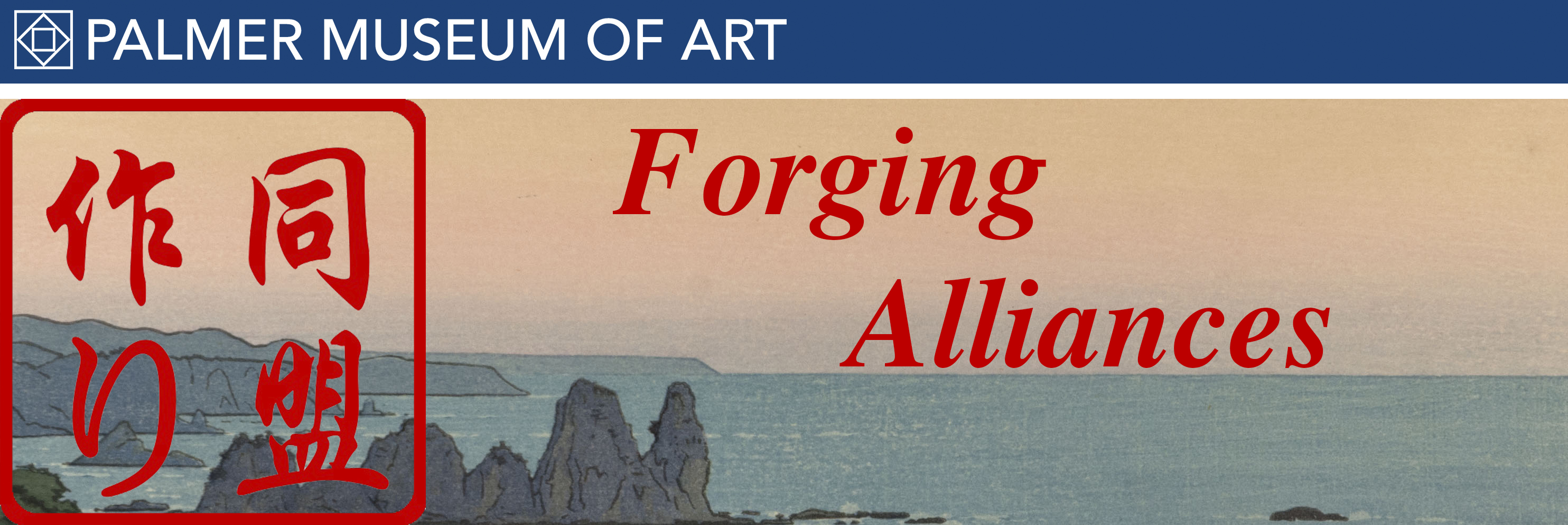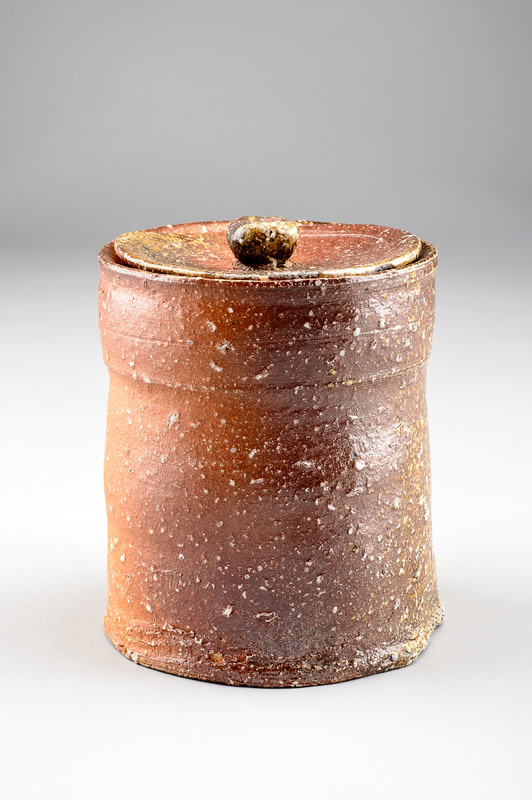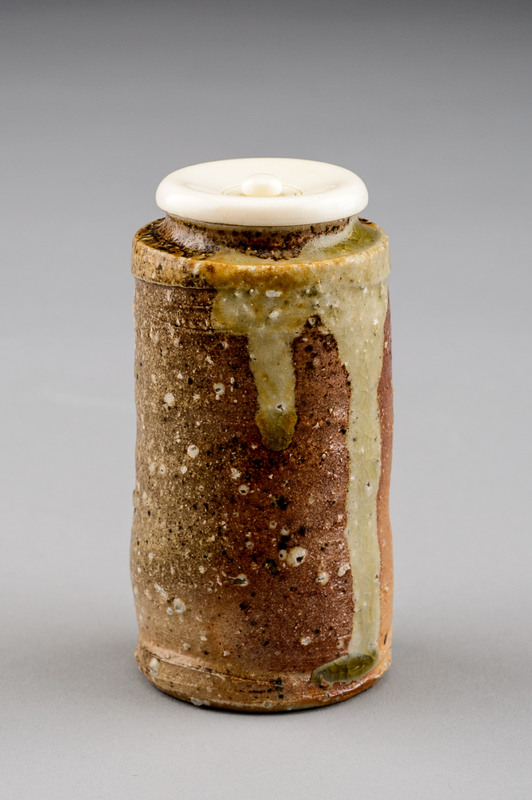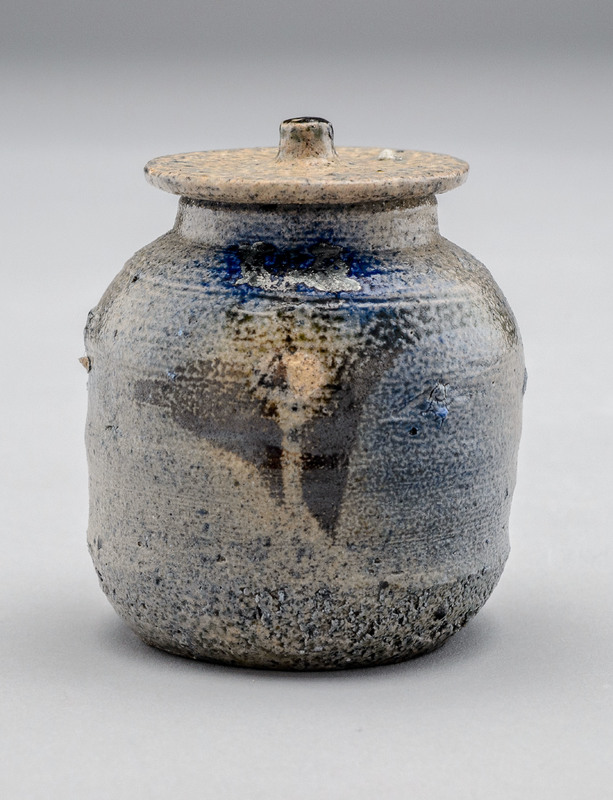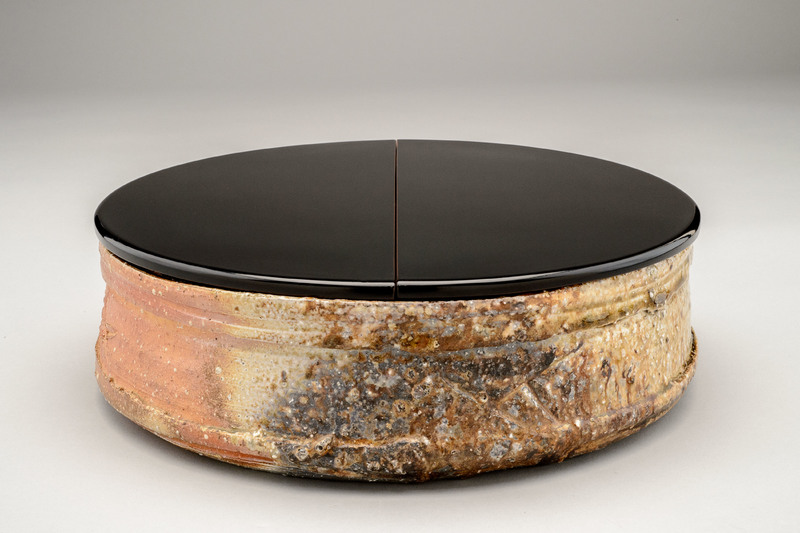Tea Ceremony
The Japanese tea ceremony, or Chanoyu, is the highly choreographed ritual of preparing, serving and drinking a powdered green tea called macha. Although the origins of the tea ceremony date to the Muromachi period (1337–1573), what we now recognize as the Japanese tea ceremony was developed in the period of peace and prosperity known as the Tokugawa period (1600–1868). As the importance of military prowess declined in this peaceful era, samurai and nobility cultivated the fine and performing arts along with tea ceremony. In the postwar era, this ceremony, which brings people together to share an aesthetic experience, came to symbolize how warriors might return to peaceful traditions.
The process of conducting a tea ceremony takes years to perfect and has many requirements for preparation, setting, and performance. To prepare for the ceremony, the host picks a theme, cleans and sets up the tea room, and selects the vessels and utensils to be used. The theme of the ceremony depends upon the time of year and the time of day. The vessels for the tea ceremony—ceramic tea bowls, water jars, flower vases, tea caddies, and so forth—are both practical tools and works of art meant to be appreciated for their aesthetic properties. With this in mind, the host picks vessels he or she feels best suit the theme of the ceremony and the guests who will be attending.
The tea ceremony is not only about the preparation and consumption of tea, but also about the interaction between the host, guests and vessels. It is a spiritual experience full of harmony, respect, purity and tranquility for all involved. Tea rooms are intimate spaces that allow participants to retreat from the outside world and relish in each other’s company and the tea ceremony itself. Simplicity is one of the basic tenets of the tea ceremony, and the preparation of macha is very simple, but each step of preparation requires specific movements and pre-positioned utensils. This process is done in silence to encourage reflection, serenity, and aesthetic appreciation. When served, each guest will notice and comment on his or her bowl of tea, noticing how the tea highlights the beauty of the ceramic vessel.
